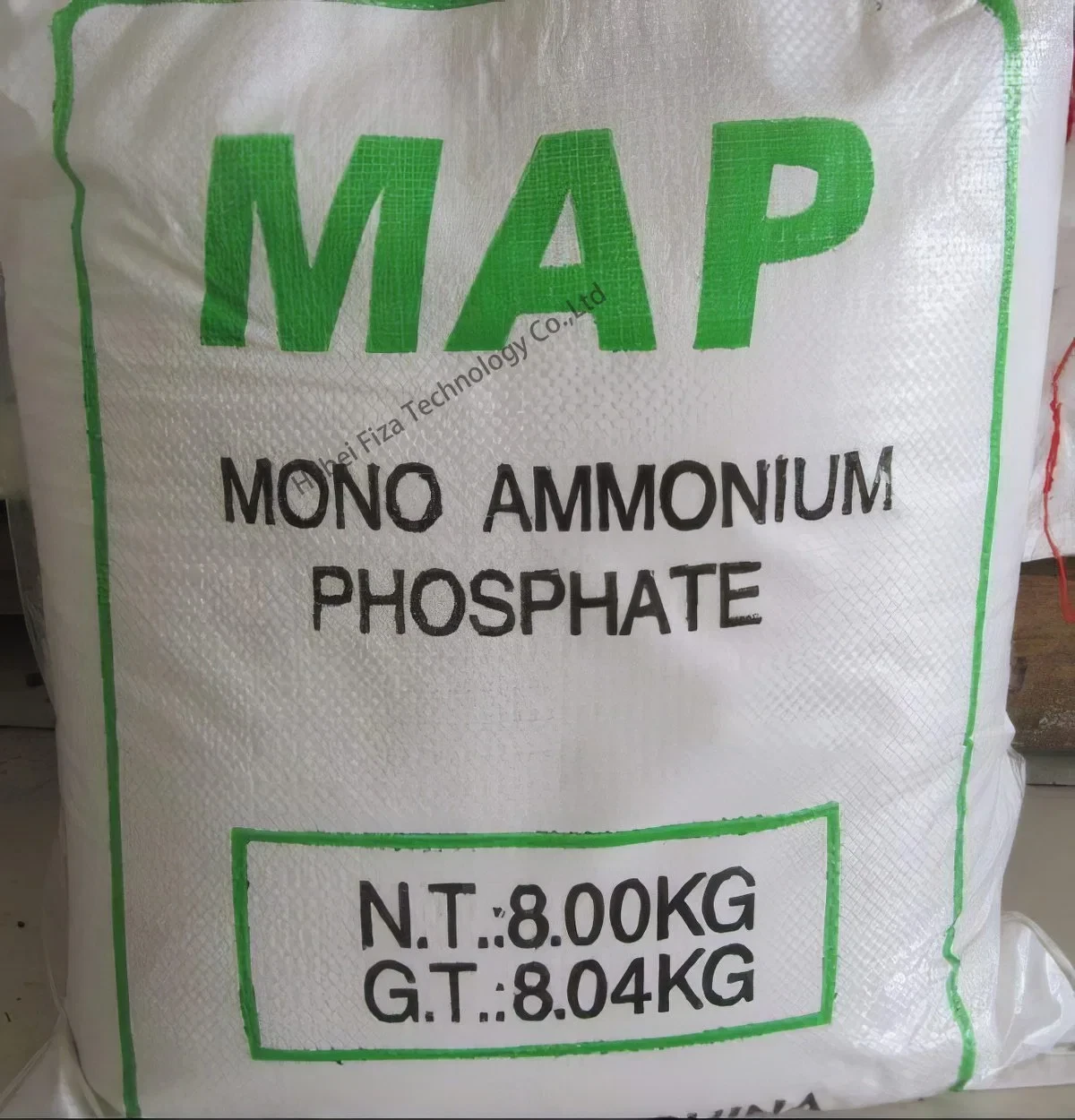



Comparison of Calcium Ammonium Nitrate and Urea for Agricultural Nutrient Management
Calcium Ammonium Nitrate vs. Urea A Comparative Analysis
Fertilizers play a crucial role in modern agriculture, providing essential nutrients that help crops grow and thrive. Two popular nitrogen sources used by farmers are calcium ammonium nitrate (CAN) and urea. Each has distinct characteristics and benefits, making them suitable for different applications. This article explores the differences between calcium ammonium nitrate and urea, helping farmers choose the right fertilizer for their needs.
Composition and Properties
Calcium ammonium nitrate is a compound fertilizer that contains both calcium and ammonium nitrate. Typically, it has a nitrogen content of around 15.5%, with approximately 8% of that nitrogen in the form of ammonium and the rest as nitrate. The presence of calcium not only aids in plant nutrition but also helps improve soil structure and provides additional nutrients that are beneficial for plant growth.
Urea, on the other hand, is a purely nitrogenous fertilizer, consisting of approximately 46% nitrogen content. It is a synthetic compound that is rich in nitrogen, making it one of the most concentrated nitrogen fertilizers available. However, it does not contain any calcium or other essential nutrients. Urea is converted into ammonium and nitrate by soil microorganisms, which can take time and may be influenced by environmental conditions.
Application and Use
The application methods for calcium ammonium nitrate and urea differ significantly. CAN can be applied directly to the soil as a granule or in solution form, making it versatile for various agricultural practices. Its dual nitrogen forms ensure that plants can readily absorb the nutrients, promoting immediate availability while also providing a supply over a longer period.
Urea is often used in a granulated form but can also be applied in aqueous solution. Because of its high nitrogen content, urea applications are more concentrated, reducing the volume required compared to CAN. However, urea is vulnerable to volatilization, particularly when applied to the surface of the soil without incorporation. This means that when applied under dry conditions or on alkaline soils, a significant amount of nitrogen can be lost to the atmosphere as ammonia gas.
calcium ammonium nitrate vs urea

Environmental Considerations
Both calcium ammonium nitrate and urea have environmental implications that need to be considered. CAN is less susceptible to nitrogen loss through volatilization compared to urea, making it a more reliable choice in situations where rapid nutrient uptake is essential. The calcium content in CAN can also help prevent soil acidity, promoting a healthier soil environment conducive to sustained crop growth.
Conversely, the use of urea can lead to nitrogen leaching, particularly during heavy rainfall. This can potentially contaminate groundwater and contribute to eutrophication in water bodies. To mitigate this risk, best management practices such as split applications and incorporation of fertilizers into the soil are recommended when using urea.
Cost and Availability
Price is often a deciding factor when choosing between calcium ammonium nitrate and urea. Urea is generally less expensive due to its high nitrogen content and widespread availability. However, farmers must consider the effective cost of nitrogen after taking into account potential losses due to leaching and volatilization with urea.
Calcium ammonium nitrate tends to be more expensive, but its efficiency in nutrient delivery and reduced risk of losses can justify the higher cost in certain circumstances. For example, in high-value crops where nutrient efficiency is crucial, investing in CAN might yield better returns over time.
Conclusion
In summary, both calcium ammonium nitrate and urea have their advantages and disadvantages. The choice between the two ultimately depends on the specific crop needs, soil conditions, and environmental considerations. By understanding the differences between these fertilizers, farmers can make informed decisions, optimize crop yields, and contribute to sustainable agricultural practices. Whether opting for the balanced nutrient profile of CAN or the high nitrogen concentration of urea, effective fertilizer management plays a pivotal role in achieving successful agricultural outcomes.
-
Why Sodium Persulfate Is Everywhere NowNewsJul.07,2025
-
Why Polyacrylamide Is in High DemandNewsJul.07,2025
-
Understanding Paint Chemicals and Their ApplicationsNewsJul.07,2025
-
Smart Use Of Mining ChemicalsNewsJul.07,2025
-
Practical Uses of Potassium MonopersulfateNewsJul.07,2025
-
Agrochemicals In Real FarmingNewsJul.07,2025
-
Sodium Chlorite Hot UsesNewsJul.01,2025










